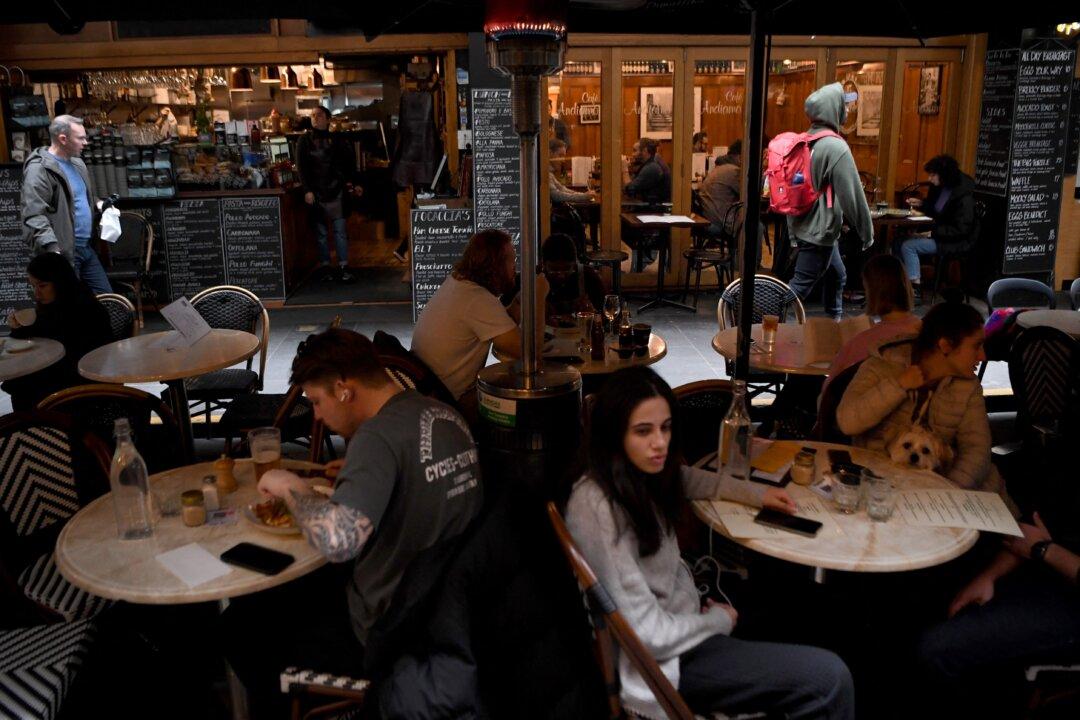One of Australia’s top commercial credit reporting bureaus warns that the country’s food and beverage sector is set to see more businesses fail in the new financial year as households tighten their budgets and operating expenses stay high amid mounting cost of living pressures.
CreditorWatch’s latest business risk index points to grim business conditions, with leading indicators including external administration, B2B payment defaults, court actions, and credit inquiries all trending sharply upward.





